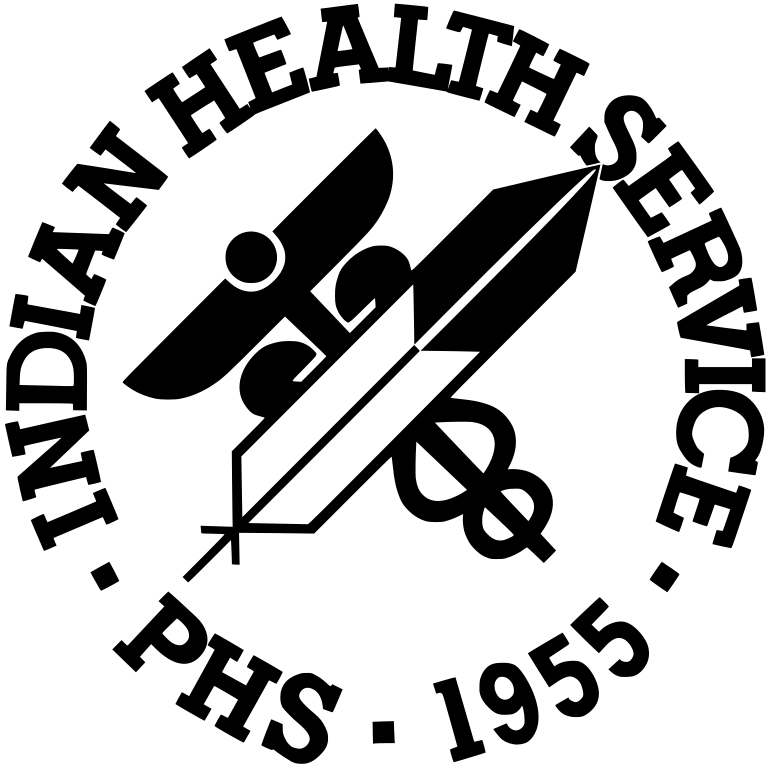Rosebud Sioux, Navajo, Seminole/Kiowa --Three Native People Share Their Stories at the Denver Indian Health and Family Services
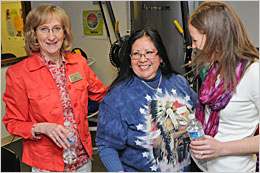
DIHFS staff members talking to a client.
During the first moments of the Fork n' Road diabetes education class at the Denver Indian Health and Family Services (DIHFS) clinic, Charlene Irani appeared to not be a happy camper. Her arms were crossed as if she was prepared for a preaching. "I was afraid and emotional. I did not want to be there. I thought, 'If you're going to tell me what to do, then I'm not listening.' "
Fast forward seven weeks to the last day of the once-a-week classes and Charlene is laughing and telling stories. She says the classes were not what she expected. "Talking to staff was like talking to a friend," she recalls. "We would tell a story and then Kathy (Canclini, Diabetes Program Manager) would tell a story and we could all relate. The staff didn't talk down to us. That's why we were able to share."
After the first several minutes of class, arms are uncrossed, smiles start appearing, more voices contribute. There are people from the Navajo, Seminole, Sioux and other tribes. It quickly becomes obvious that this diabetes nutrition and exercise class is not like the 2-hour program of a nearby hospital. It caters to the values and needs of Native Americans from diverse tribes, those who have insurance and those who don't; and it provides information in a way Native clients appreciate – not rushed but applicable to body, mind, spirit, emotion and family.
Meet three people who participated in the DIHFS Fork n' Road Program:
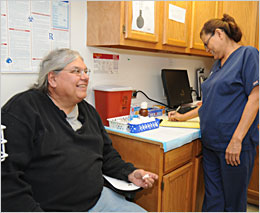
DIHFS staff member evaluating a client.
Robin Colombe (Rosebud Sioux)
"I grew up in Nebraska and came to Denver 40 years ago when I was 22. I found out I had pre-diabetes about five or six years ago. I had insurance at the time and was told that my blood sugar was high. But I was given no education. Soon after that I was diagnosed with diabetes.
"I lost my insurance and came to DIHFS. They are the ones who educated me about how to manage diabetes. After the first few classes I learned what I had to do to get my blood sugar under control. I learned how to read labels and the correct portion sizes. When I go out to eat I learned that I should eat half of what I order. I do that now.
"My habits have changed. I don't drink pop. I drink water, milk, or low-calorie drinks. I am trying to eat more vegetables. I eat more low-salt foods to help my blood pressure and my A1C level has dropped."
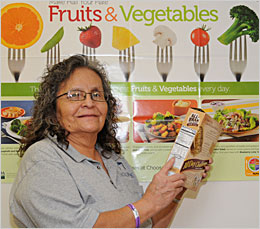
DIHFS client reading the nutrition facts of All-Bran Crackers Multi-Grain.
Geraldine Thomas (Navajo)
"I grew up in Gallup, New Mexico, and came to Denver in 1989. I don't have diabetes, but it's in my family. My A1C level was high and I had pre-diabetes. I was overweight and wanted to lose weight; I didn't want to get diabetes. I thought, "I refuse to accept diabetes. I am going to do something about it.' I was in the Fork n' Road Program two years ago.
"At first, I was embarrassed that I was a person who might get diabetes and lose limbs. I didn't want to talk about diabetes. But the staff helped me. Kathy had compassion in her heart for Native people. She never put anyone down. And Kristen taught us exercises we could do at home, without special equipment or extra expense. They both showed us that diabetes could be avoided or managed and we could live long, healthy lives.
"I learned about nutrition and avoiding diabetes – how to read food labels, the correct portion sizes, how to add more fruits and vegetables to your diet. Pound by pound, weight started coming off. I've lost 16 pounds in two years! I used to wear size 16 and now I wear size 12! My A1C went from 6.5 to 5.9.
"Now I share with my children and grandchildren. I talk about the importance of knowing your A1C level, about how to avoid diabetes and what symptoms to watch for. I estimate I have talked to 15 friends and family members about how to stay healthy. God has helped me get on this healthy, positive path and I hope I am passing it on."
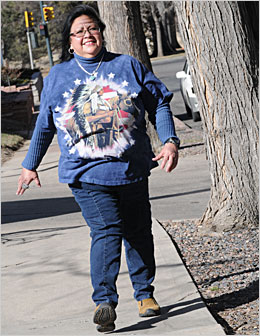
DIHFS client taking a walk.
Charlene Irani (Seminole/Kiowa)
"I grew up in Oklahoma and moved here in 1985. My mother and brother died from diabetes complications and my sister has diabetes. When I found out I had it, I cried. I didn't want my life to be like other family members who had diabetes. But I didn't know what to expect or what to do. I wanted to learn everything I could so I could help myself be healthy with diabetes.
"In the classes, I learned to eat regular-sized portions. I learned how much sugar is in pop and fruit juice, so I stopped drinking them. I stopped eating fried foods. Now I bake and boil meat and chicken. I eat less peas and rice, and more broccoli and spinach.
"I have lost 35 pounds! I walk three times a week for about one and a half miles, and I can breathe easily! And, I'm getting better sleep. I feel more rested.
"I'm trying to share what I've learned. I've told my friends' grandchildren, 'Look! My lunch is colorful. It has an apple in it and no pop.' I'm happy that the grandchildren stopped drinking pop.
"When I was 43, I was diagnosed with an aneurism and was told I didn't have long to live. Now I'm 54 and I feel great. God gave me this extra time, time that I wasn't expecting I would have. I want to give back. I am a volunteer for Native cancer research. I also volunteer to help get water filters to homes on the Pine Ridge Reservation. I want to live a long time so I can continue to help others."
